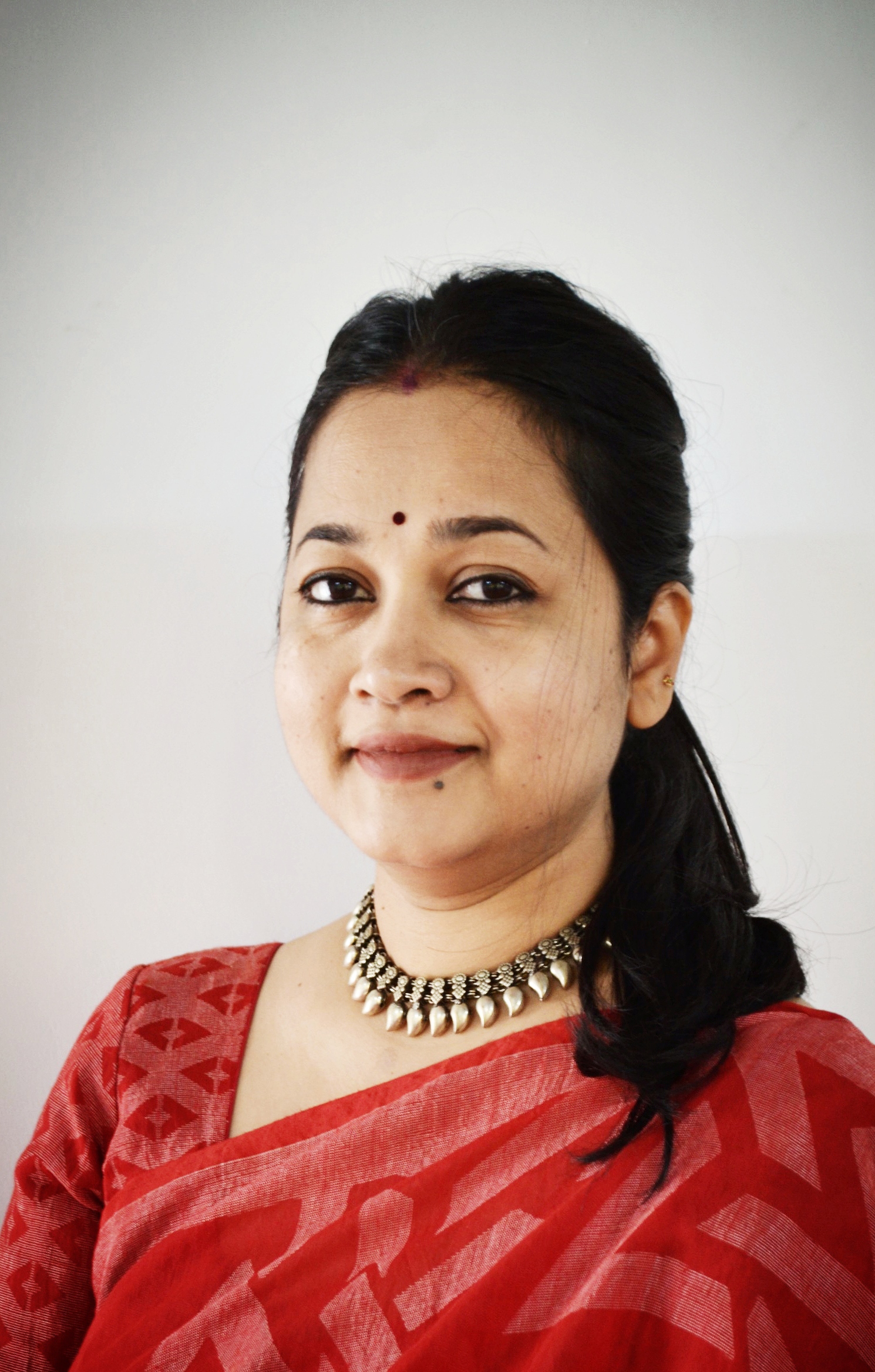Thejaswini Pradeep
This 17th century painting style is made up of two Sanskrit words - "pich" or back and "wais" meaning hanging. Pichwai paintings were originally made to hang as the backdrop of the shrine in Hindu temples dedicated to Lord Krishna, particularly the Srinathji temple in Nathdwara, near Udaipur in Rajasthan, India. Shrinathji is the child avatar of Lord Krishna and this art form originated in Nathdawra.
They were originally printed on cloth and depicted the entire surrounding, including important elements that were part of Shrinathji's life, like the gopis, the cows, and the flora.
A typical Pichwai has 24 boxes in the boxes called "swaroops". Each swaroop has a Krishna, gopis and various other elements. Despite the numer of elements, the painting never loks crowded and the colours and vibrancy create an ever lasting impact.
- Dates -27th and 28th May 2023
- Timings - 11 AM to 12.30 PM (90 Min ) Both Days
- 1. 24 set camel poster color (Must )
- 2.Brushes- flat brush set
- 3.Round brush set
- 4.Canson sheets 2- a3
- 5.Catrige sheet 2-a3
- 6.A4 plain sheets 5
- 7.Basic drawing materials Pencils,eraser,sharpener,pen etc
- 8.Cloth waste
- 9. Bowls
- 10 .000 fine tip brush


Write a public review